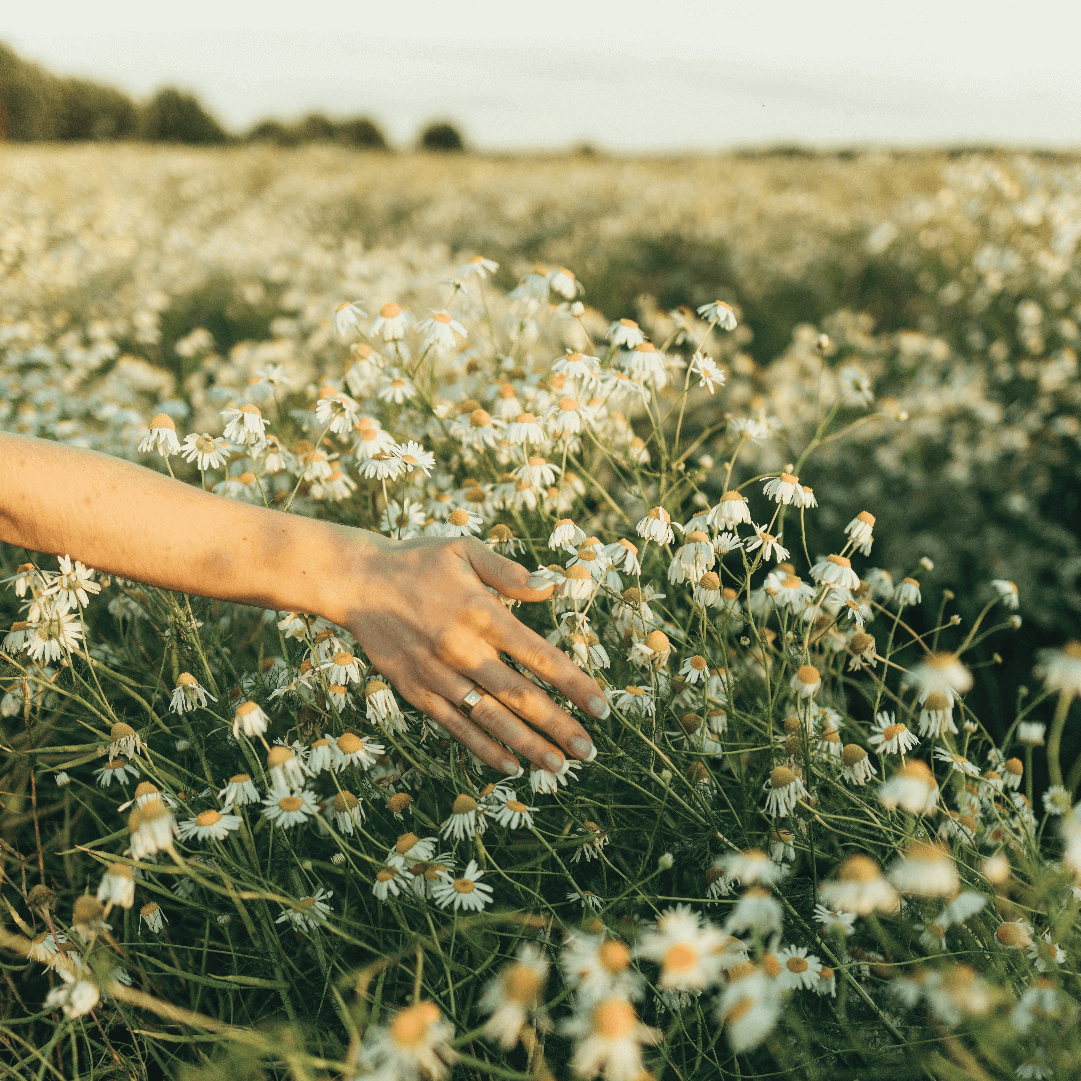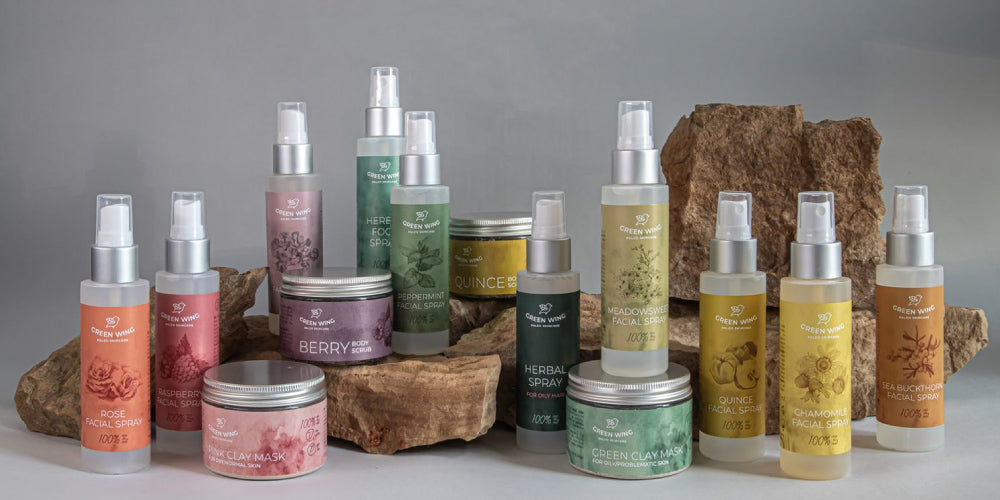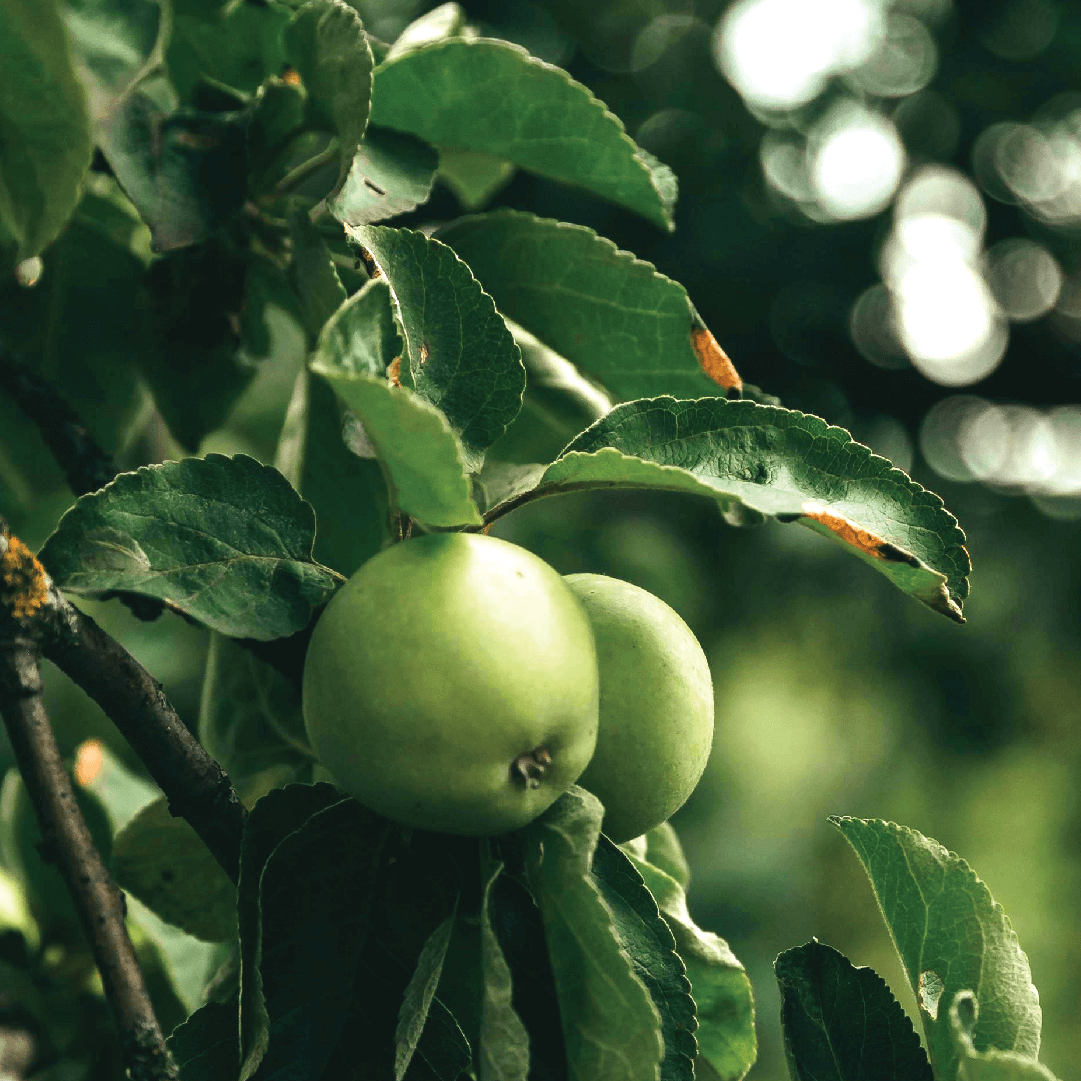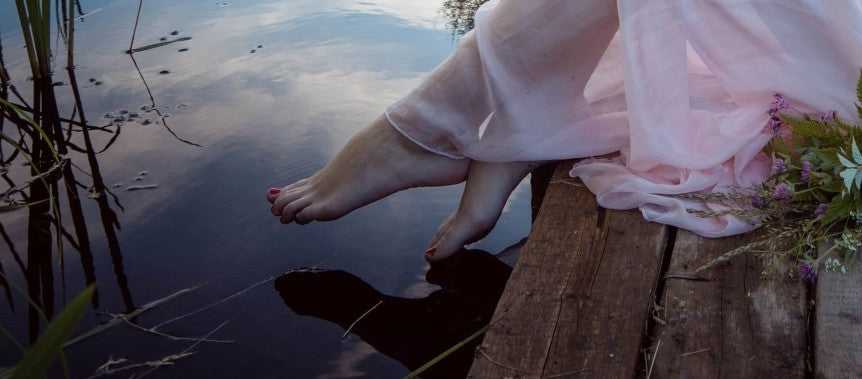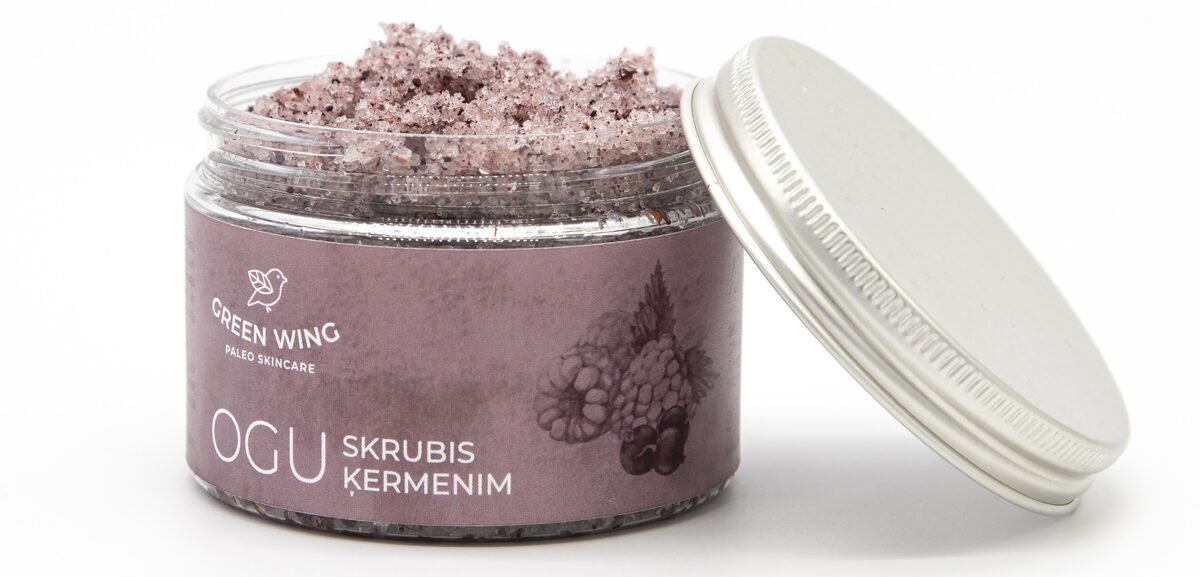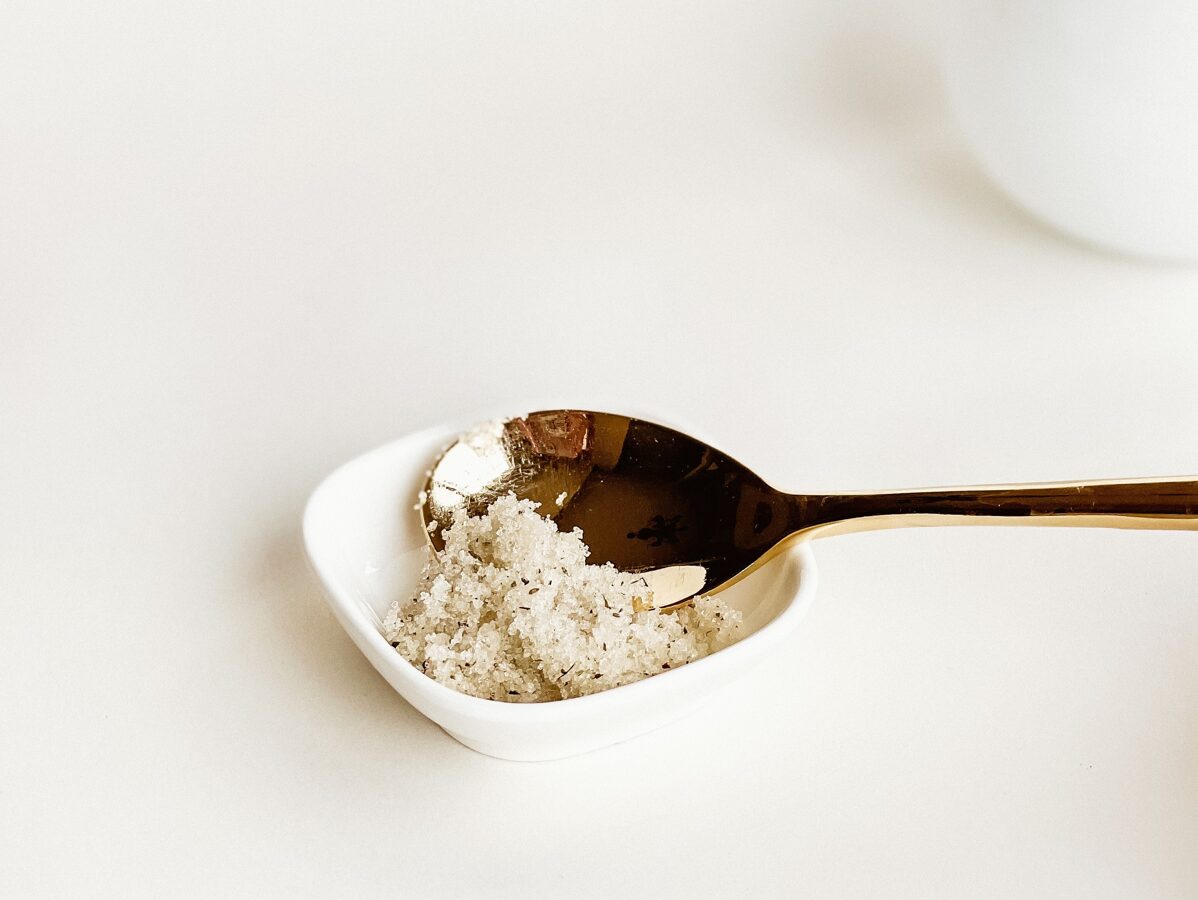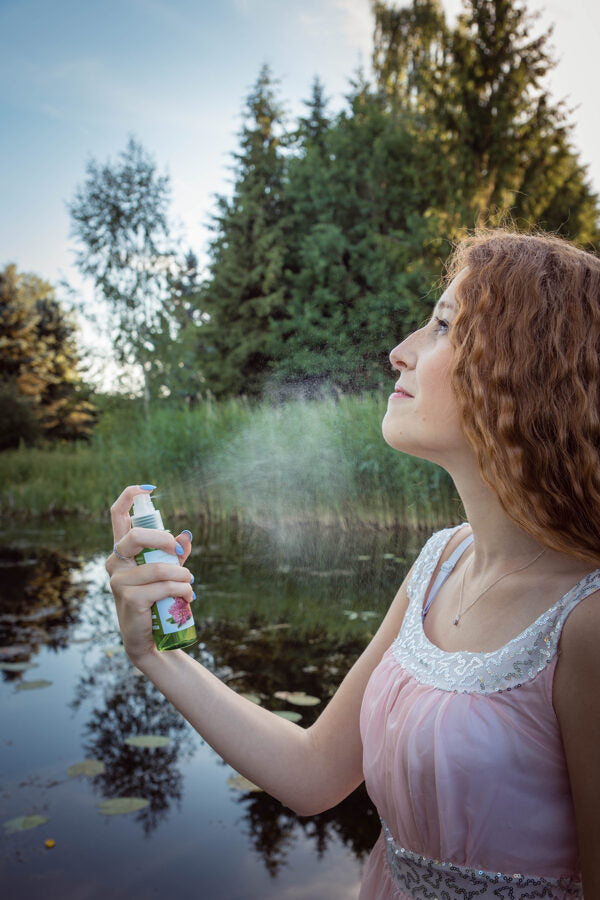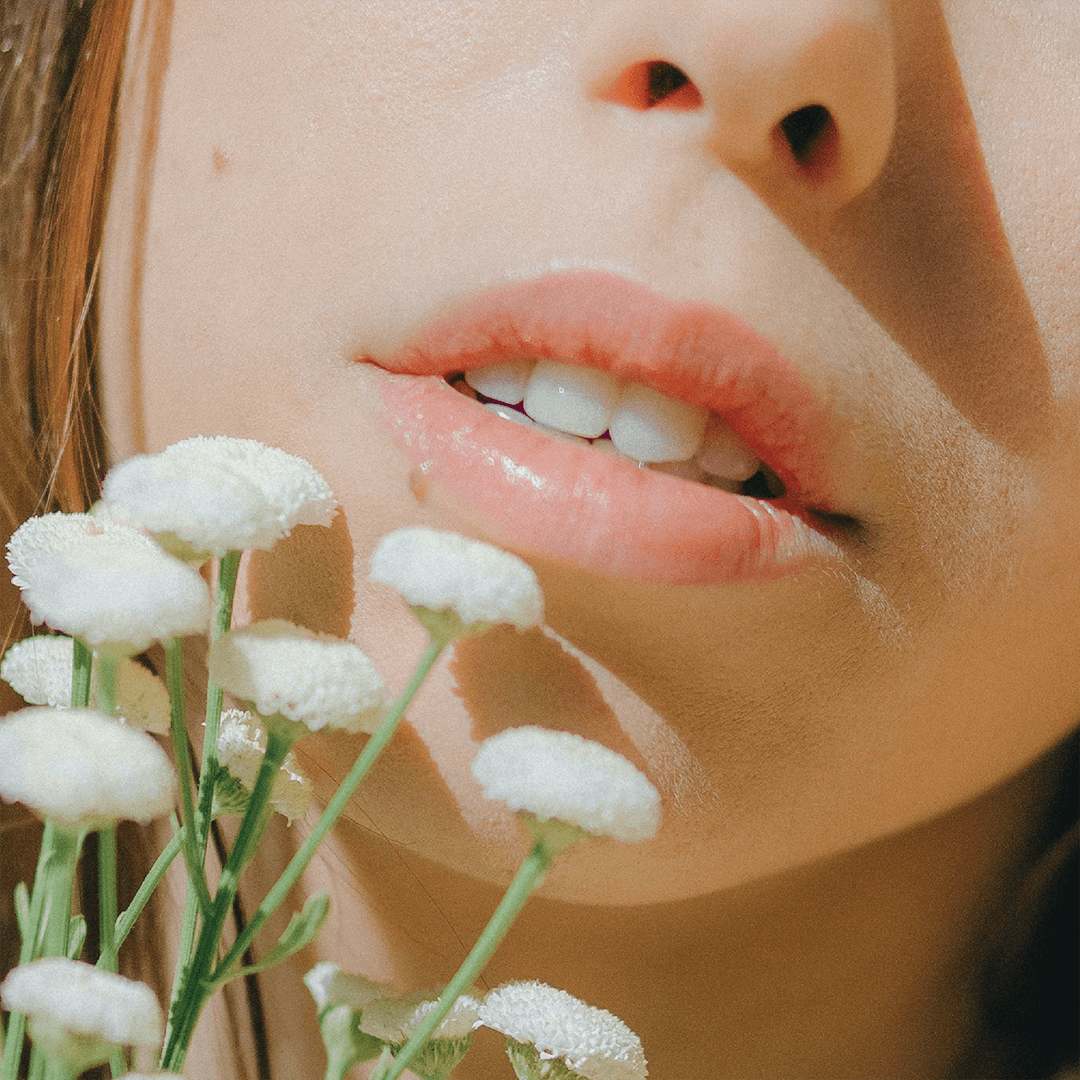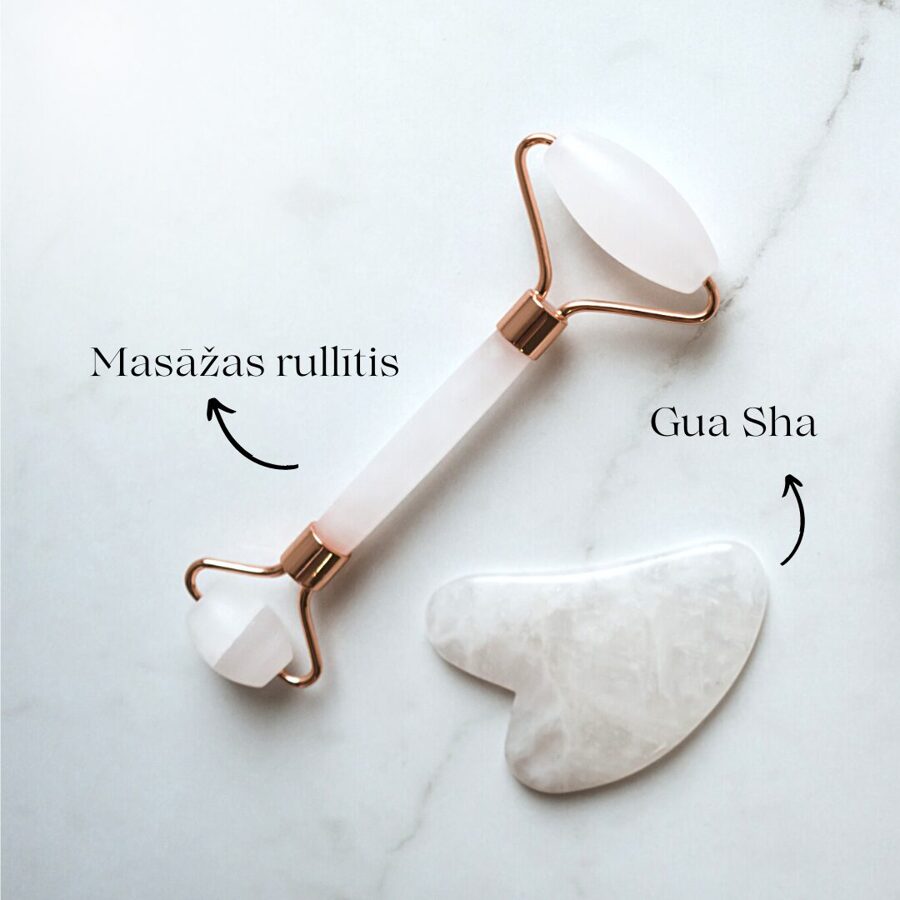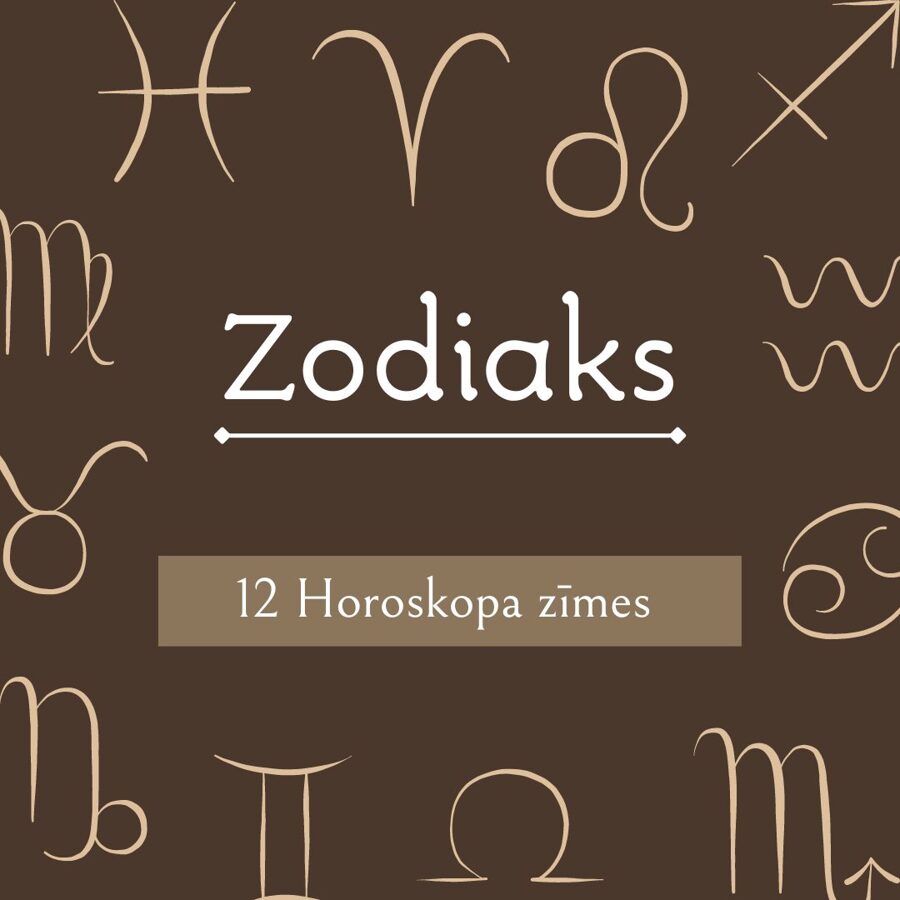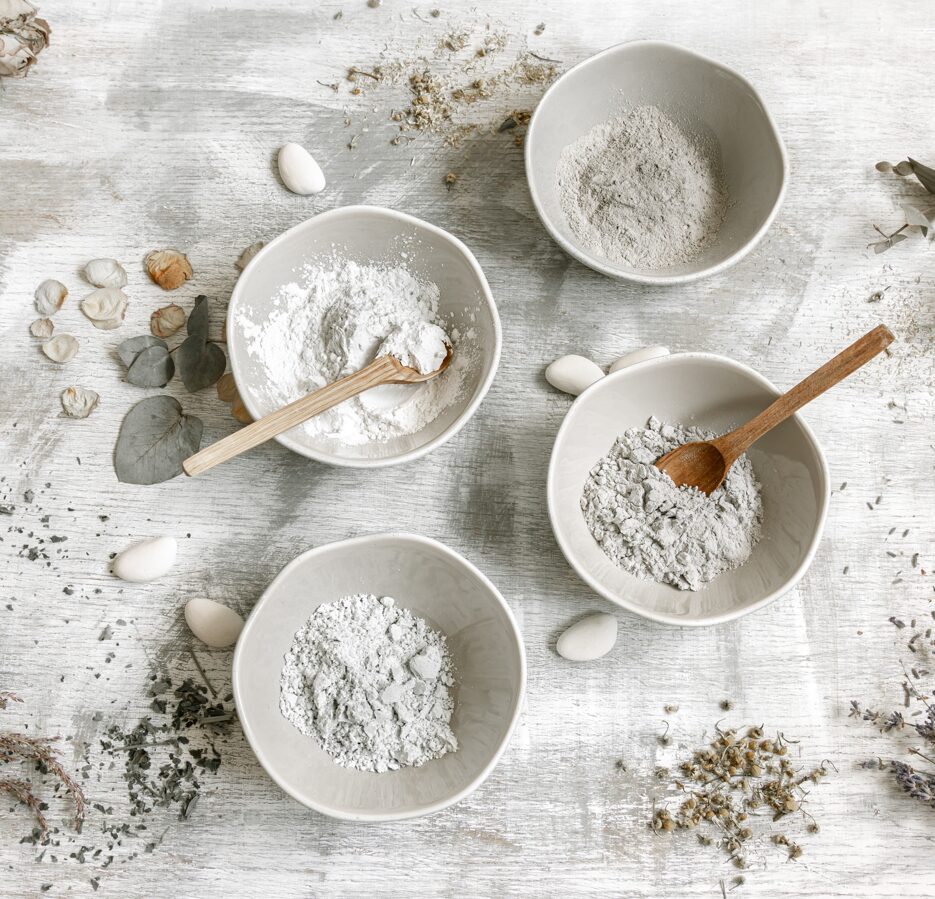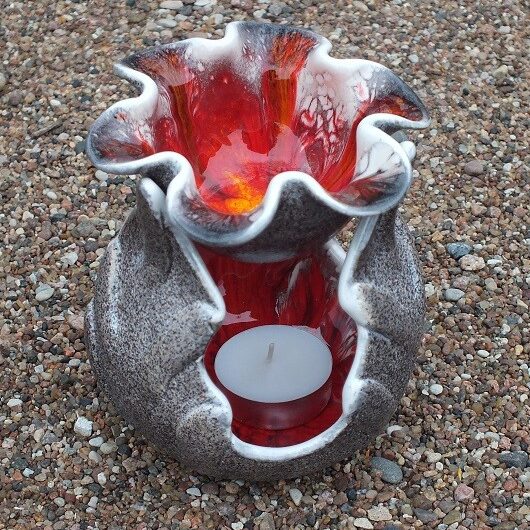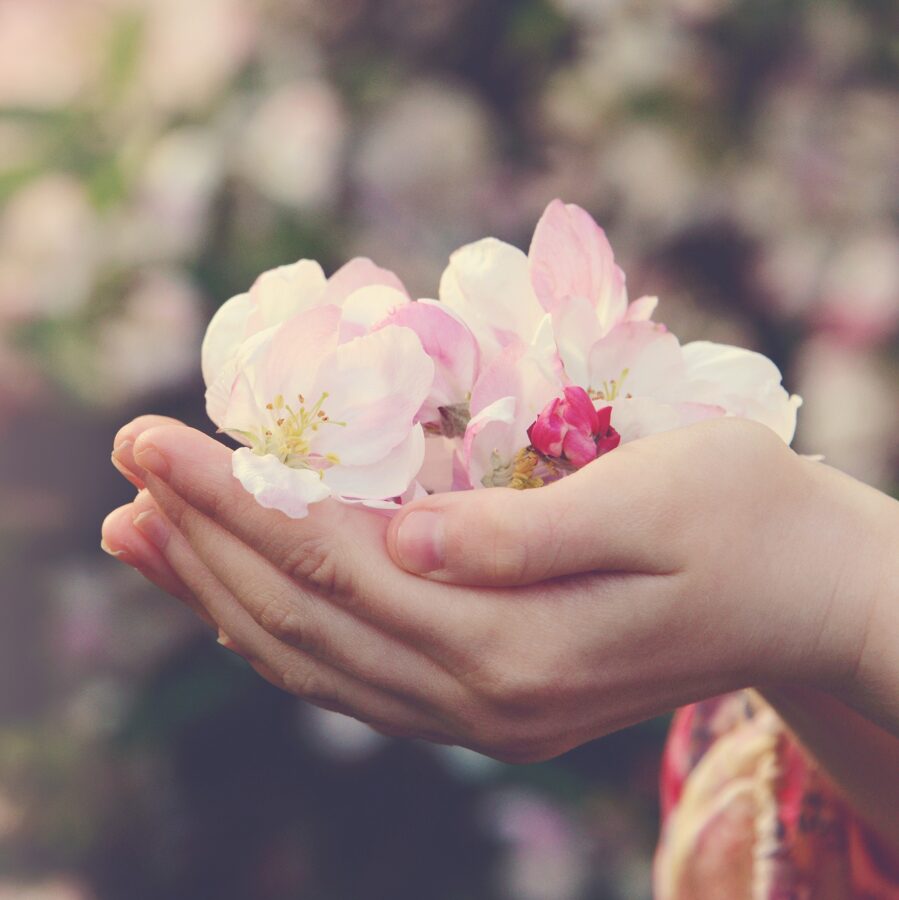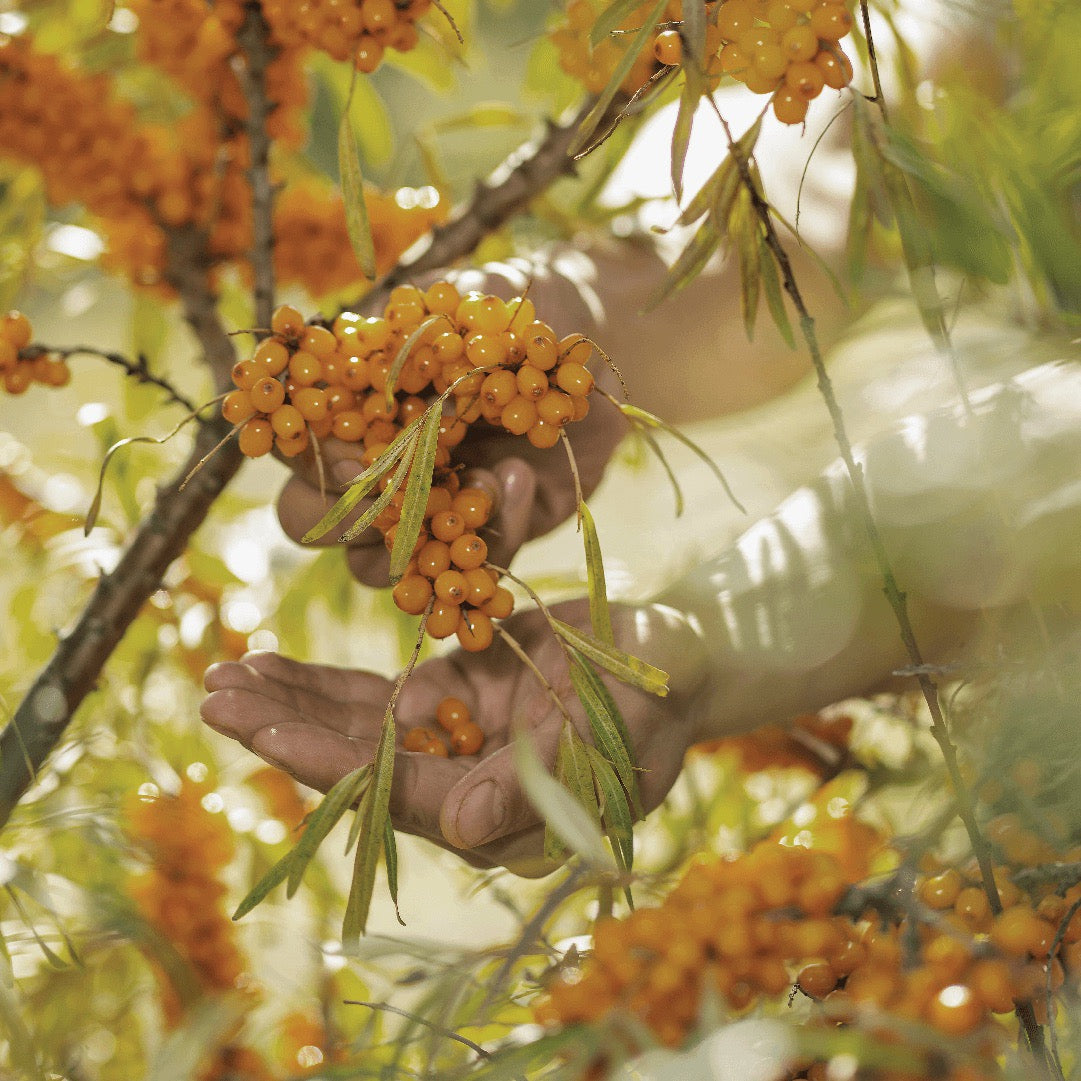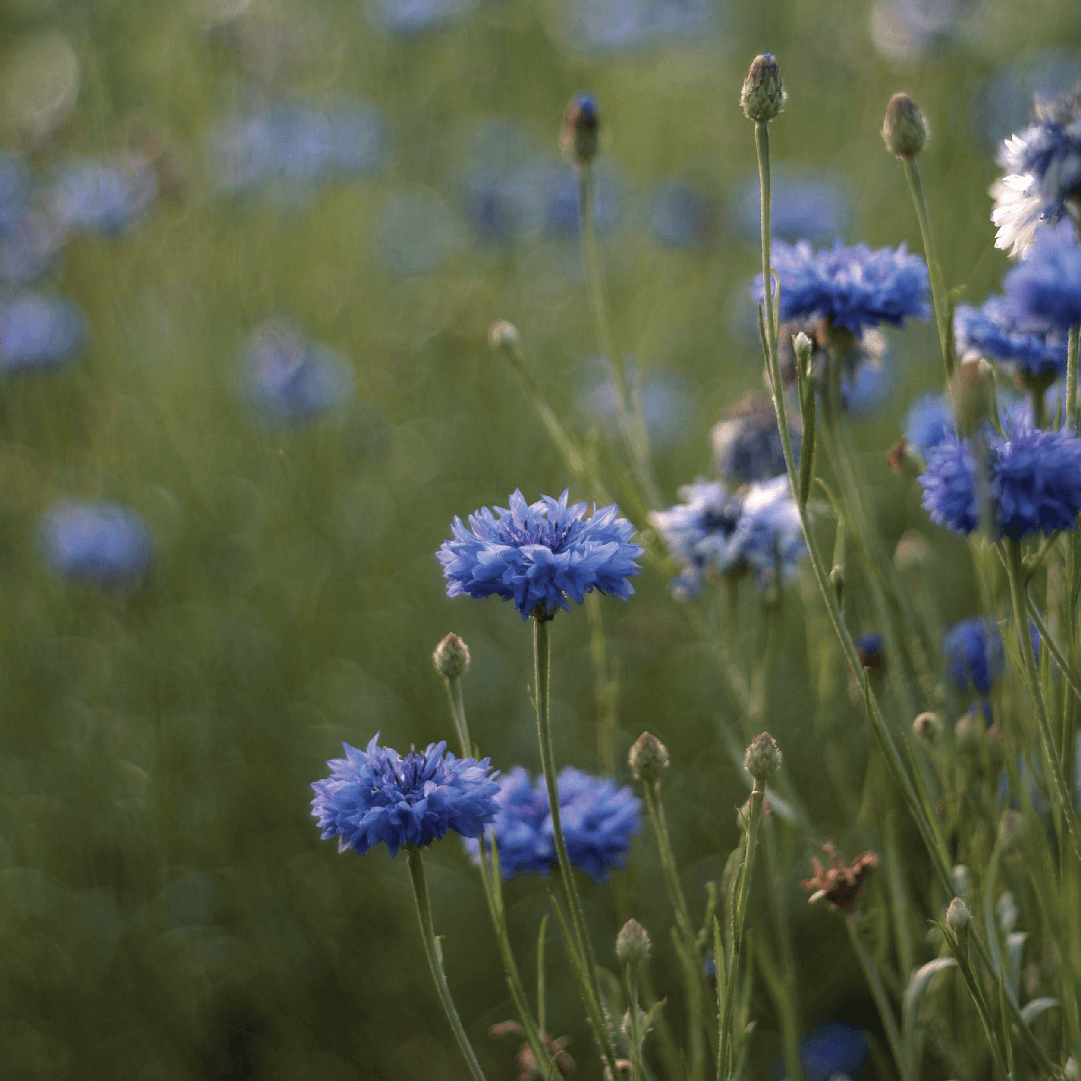The Stone Age began about 2.6 million years ago, when the first humans started making tools. The first evidence of medicinal plants also dates back to the Stone Age: common yarrow, blue shoe, common duckweed, caraway, coltsfoot, meadowsweet, cress, purslane and many others were used medicinally during the Neolithic (New Stone Age). Some of the edible plants used in the Neolithic period also had medicinal properties, such as lake nuts, yellow lentil root, nettles, marigolds and horsetail.
The use of medicinal plants dates back to ancient times, when the behaviour and reactions of animals and other people after using different plants were observed over the years. Gradually, the properties of plants were learned, for example, plants that could cause sweating, vomiting, diarrhoea, excitement, that could soothe and relieve pain, or that could promote wound healing. Gradually, medicinal plants and the knowledge of their effects began to take their place in human life alongside edible plants. Medical historian Arnis Viksna points to the Latvian-language records of ancient healing: "The discovery that nature contains both poisons and medicines, and that poisons can become medicines by changing their concentration, and vice versa, was at the heart of herbal healing. It is no coincidence that in the Latvian language, the word “medicine” has been used to describe both medicinal plants and medicines in general, while poisoning has been called “poisoning”.
Archaeological excavations show that birch twigs were already part of the Stone Age bathing equipment and were used in the same way as in modern baths. Even then, the scouring of a heated body with birch twigs was recognised as healing and purifying. All this evidence indicates that the tradition of healing in the territory of Latvia until the 13th century was very strong. The healing tradition in the 13th century was based on centuries of practical experience and world understanding, in which observance of natural rhythms, cooperation with the forces of nature and ancient Baltic deities, and rituals dedicated to them played an important role.










